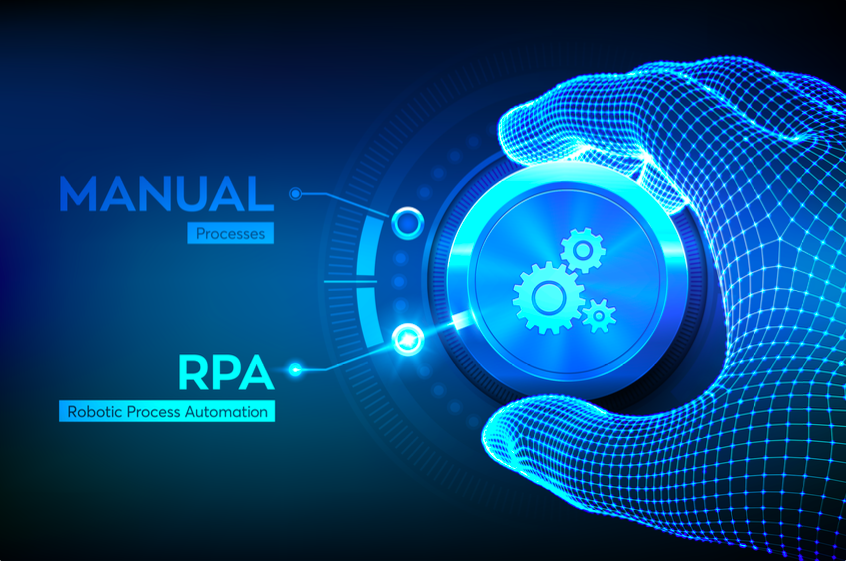RPA is a software solution for automating mundane and repetitive computer-based business tasks. By implementing a digital workforce, companies can become more efficient and cut costs while freeing up their employees to focus on more judgement-related tasks.
To be successful in setting up an RPA program, the first step on the journey is choosing the right platform and operational model.
Cloud vs. On-Premises Platforms
What is Cloud RPA?
Cloud RPA is Robotic Process Automation and Artificial Intelligence that uses cloud native web-based software. Cloud software is easy to access on any device, providing a seamless workflow across the organization. Cloud services have easy-to-use drag-and-drop action with visual flow charts, which enable non-technical employees to develop their own automations. Using the web-based interface, any user can automate just by using their browser.
What is On-Premises RPA?
On-premises RPA is based at the client site. There is much more control for keeping sensitive data safe when it is on your infrastructure. On-premises RPA allows the enterprise IT team to customize solutions without any interference from a vendor. It enables the seamless integration of tasks specifically for the systems that the enterprise is using.
On-premises RPA is ideal for those wanting to create a robust long-term automation environment where all automated processes can be streamlined across the entire enterprise. On-premises also allows for automation to access internal Application Programming Interfaces (APIs) when they are behind a Virtual Private Network (VPN).
What should be considered when choosing between cloud and on-premises RPA?
- Do you want a faster startup (cloud), or lower cost over the long-term (on-premises)?
- Do you want someone else to take care of the security (cloud), or have the ability for customizations and control (on-premises)?
- Do you want to have someone else taking care of the maintenance (cloud), or have complete ownership (on-premises)?
Operational Models
A “bot” solution can involve either of two very different operational models:
- Attended RPA bots require a user to trigger the program to start or stop its pre-defined work. This bot is used when there is a need for user interaction — specifically, reviewing of the specified screens or output. Often a user will see a start/finish button on the desktop for the specific process. Attended bots are always waiting to be activated by an employee to help the process along. These bots increase productivity, reduce average call handle time, enhance customer experiences, and increase compliance. They are a great solution for automating front-office tasks through collaboration with employees.
- Unattended RPA bots are the most popular, and they run in the background (most often from a server). These bots do not require any interaction from a human to start or finish operating. Unattended RPA is used when a user does not need to make any decisions, or to review any of the captured screens or output the bot has created in the process. Unattended bots work independently, following a rules-based process to completion. These bots operate on a preset schedule or are triggered by a logic flow. The goal of unattended bots is to provide end-to-end automation of business processes. Unattended RPA is a great solution for back-office processes. These bots reduce operating costs, increase productivity, eliminate errors, free employees from repetitive work, and improve compliance.
So now that you know a little more about RPA… let’s create great things together! Contact Synch-Solutions today to get started on your automation journey!


